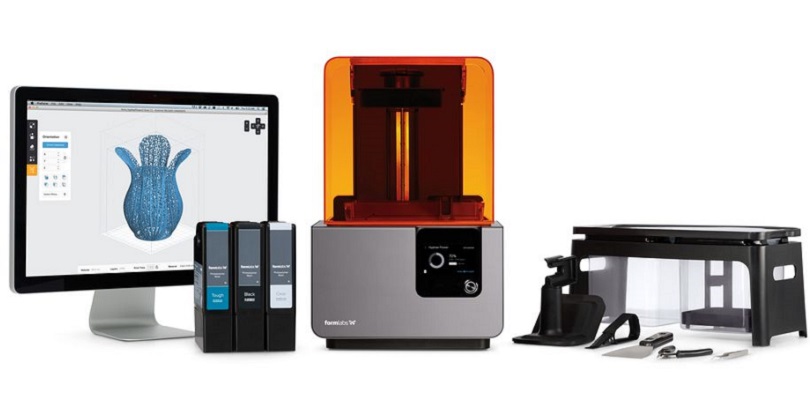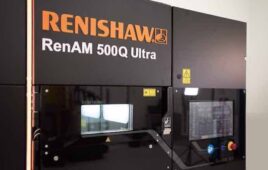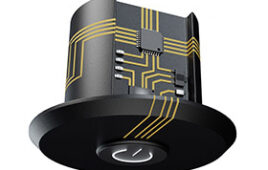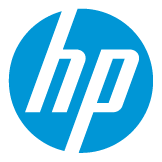
The Form 2 is the second 3D printer developed by Formlabs. Image credit: Formlabs
Formlabs announced the launch of its second generation desktop printer today, bringing more powerful high-resolution stereolithography to its line of 3D printers.
Read more: 3D Printing and the Future of Manufacturing
The Form 2 has a larger build volume than its predecessor, over 40 percent larger than the Form 1+’s 4.9 x 4.9 x 6.5 inches. A 50 percent more powerful laser allows for better print resolution. For ease of use, a full color touch screen allows the user to easily manage print queues and view print status.
In terms of hardware, a new sliding peel mechanism, wiper, and heated resin tank have been added, allowing the Form 2 to print large, dense parts with intricate details. The resin cartridges allow for automatic refilling of the resin tank during printing.
With an updated version of Formlabs’ PreForm Software the machine can print with one click, preparing prints on its own to simplify the process.
The Form 2 utilizes wireless printing, incorporates custom notifications and mobile alerts, and allows print progress to be displayed across multiple printers on desktop computers, mobile platforms, or tablets.
“Through building the Form 1 and Form 1+ we’ve learned that professional engineers, designers and creators need access to powerful, easy-to use systems,” said Max Lobovsky, co-founder of Formlabs. “We believe that this is the ‘next wave’ of the 3D printing industry: high resolution output with a simple user experience packaged in a desktop footprint. In many ways, 3D printing technology is following a similar path to the desktop computer. It started with mainframes, was adopted by the hobbyist and then evolved into the powerful desktop machines everyone uses today. The Form 2 represents the next wave of 3D printing technology.”
Founded in 2012 by engineers and designers from the MIT Media Lab and Center for Bits and Atoms, Formlabs is based in Massachusetts.
Filed Under: 3D printing • additive • stereolithography, Rapid prototyping




